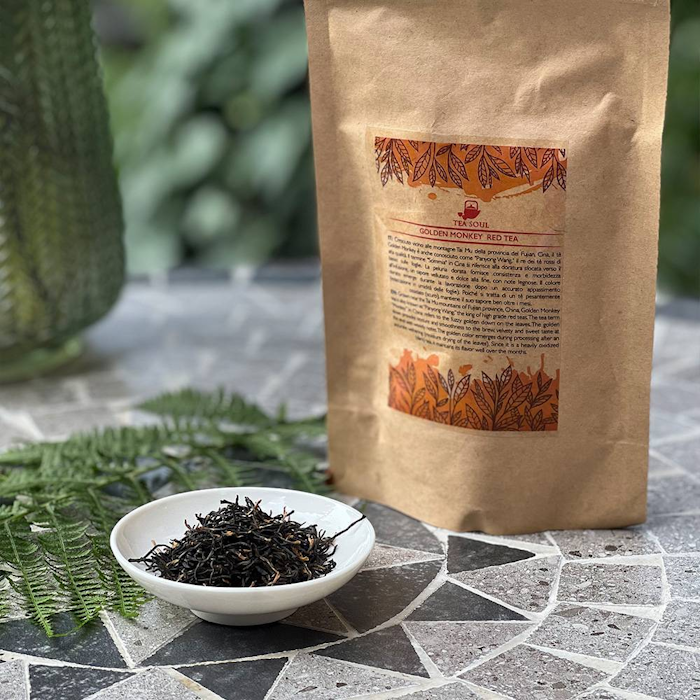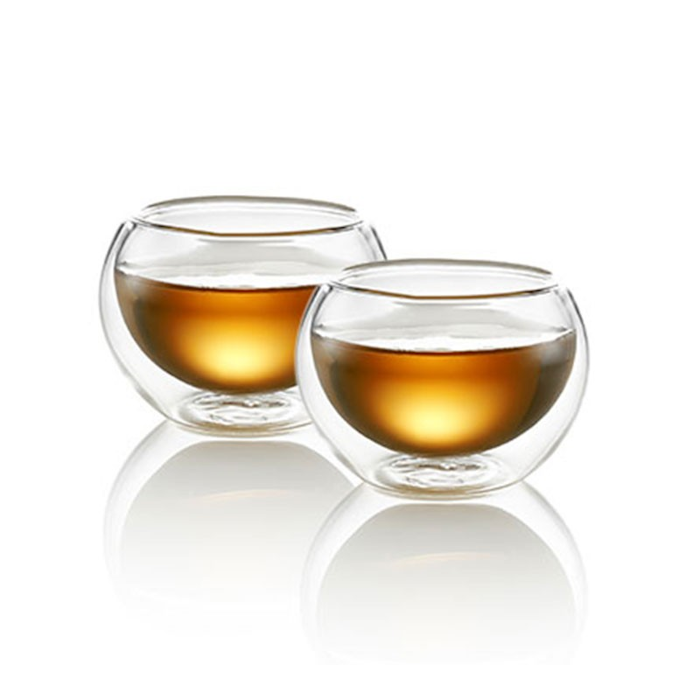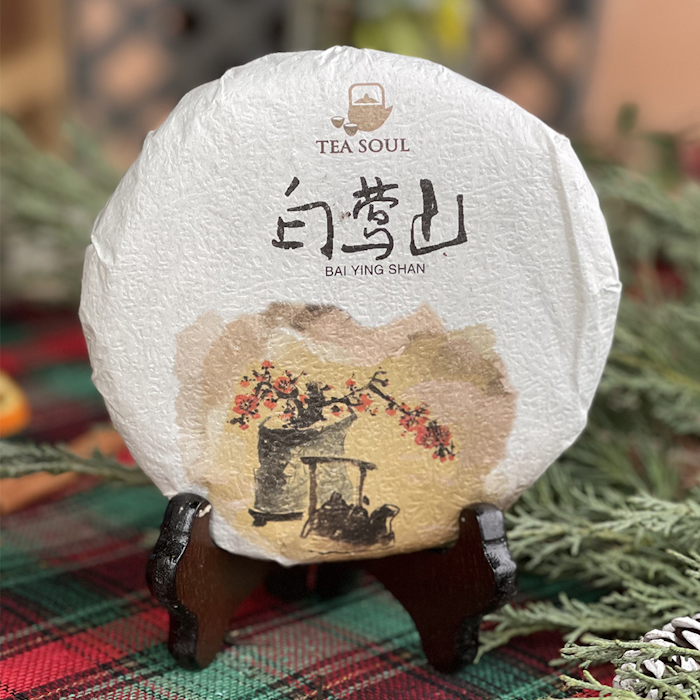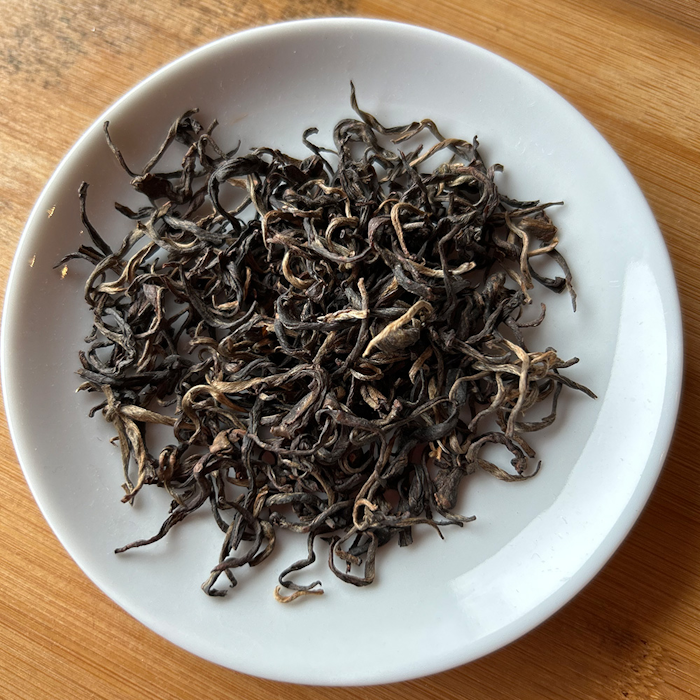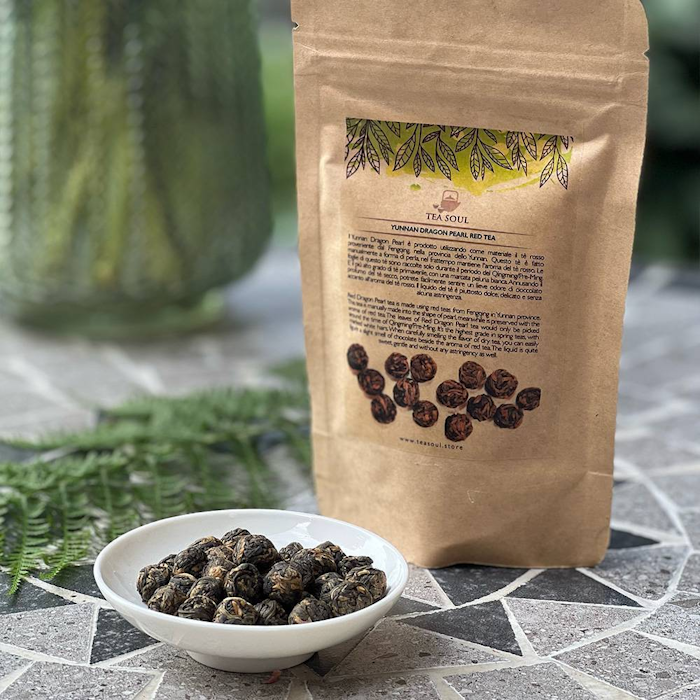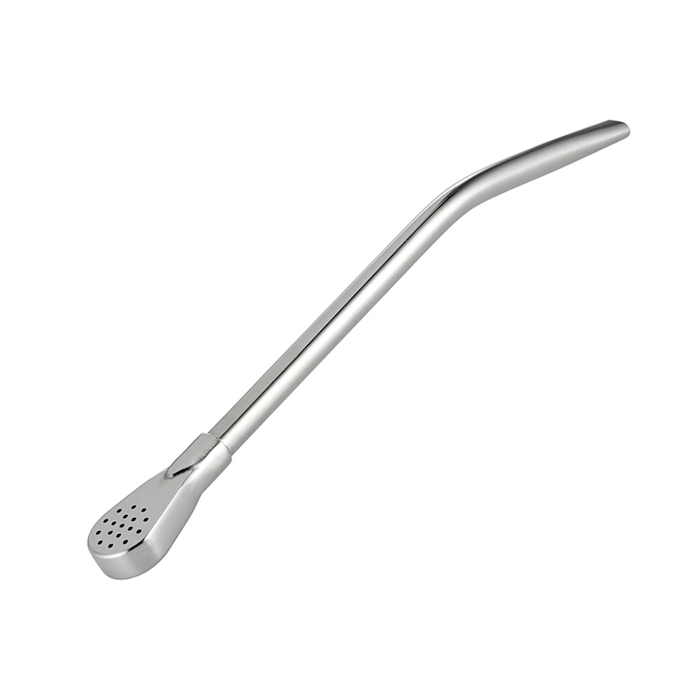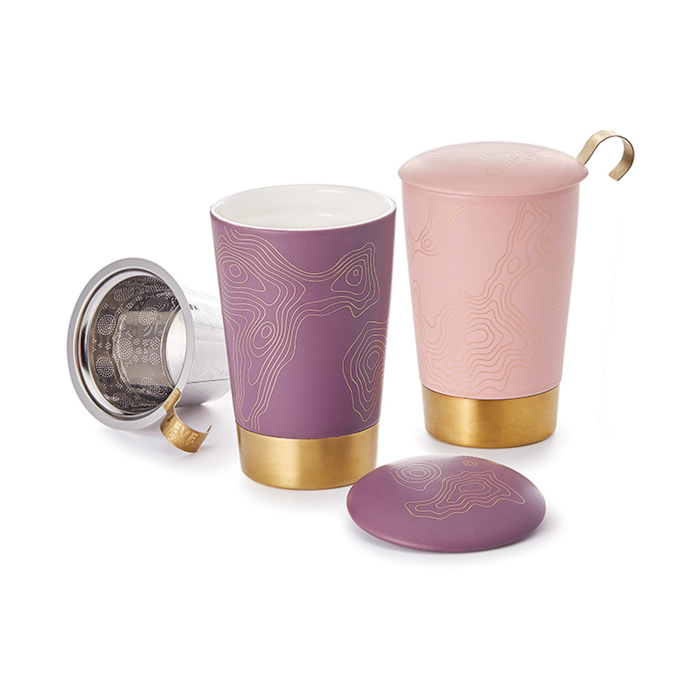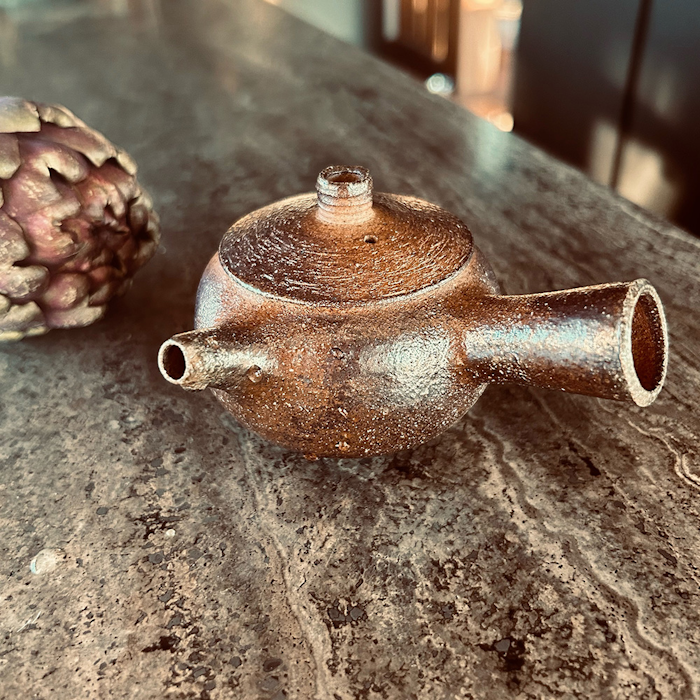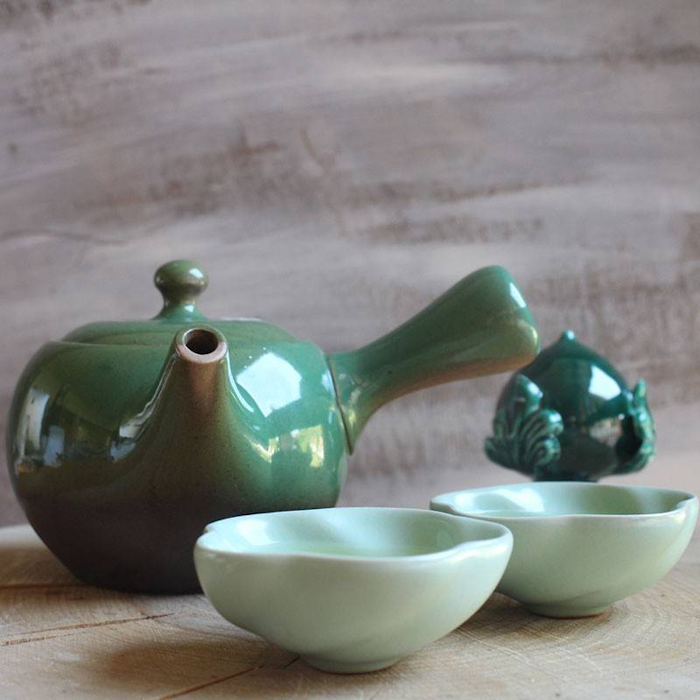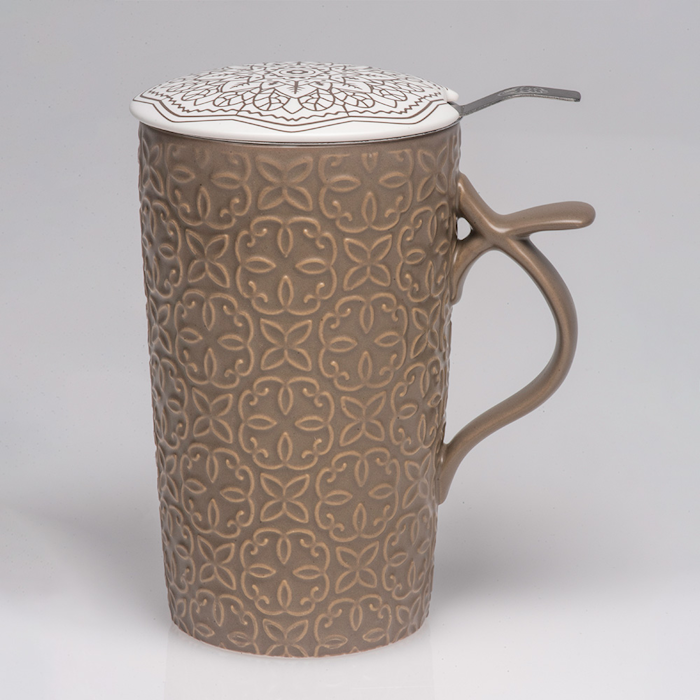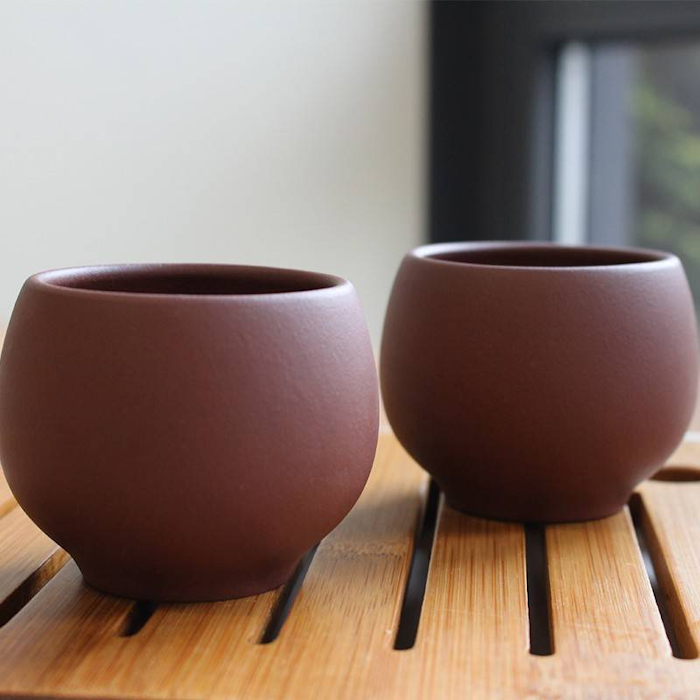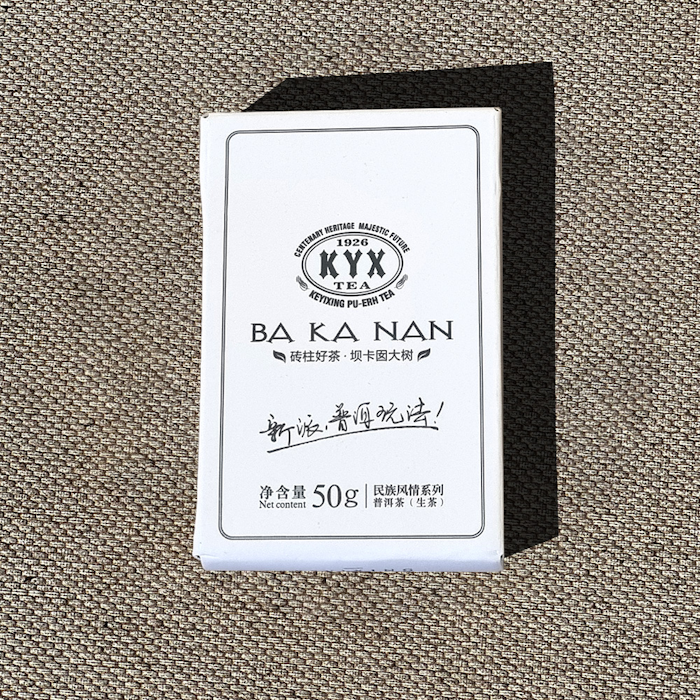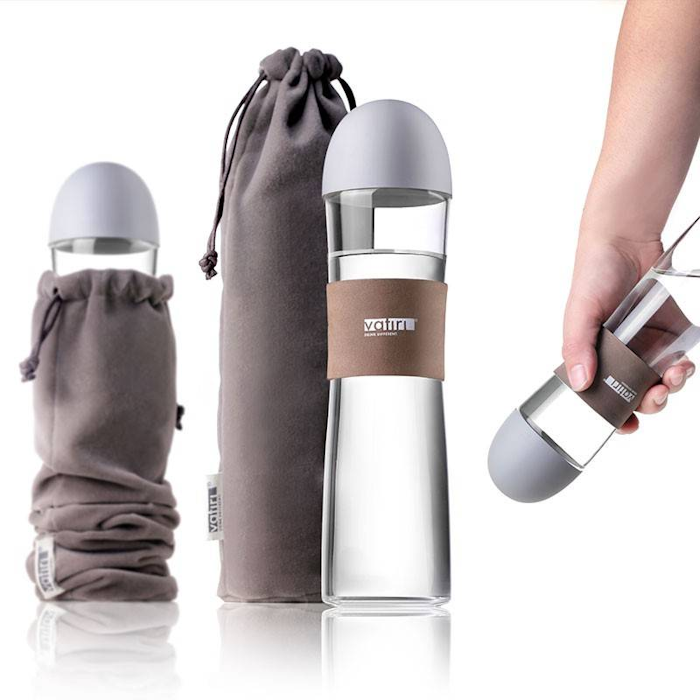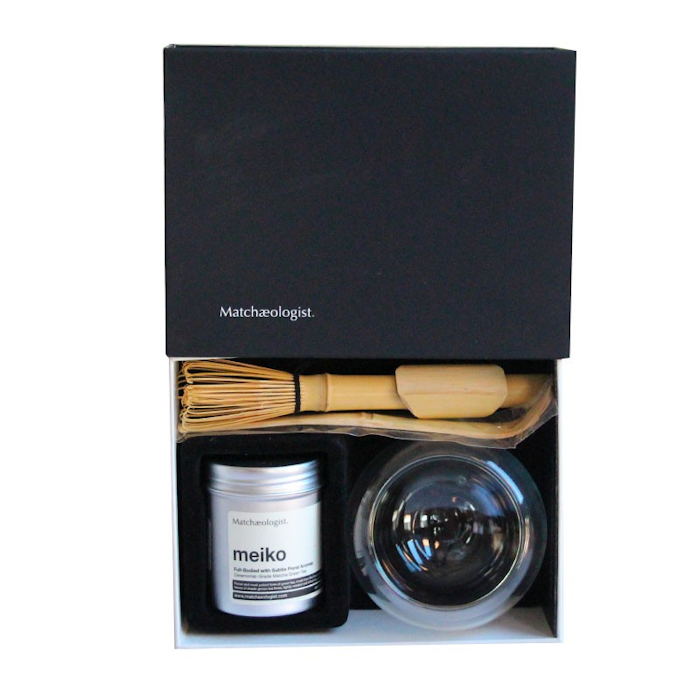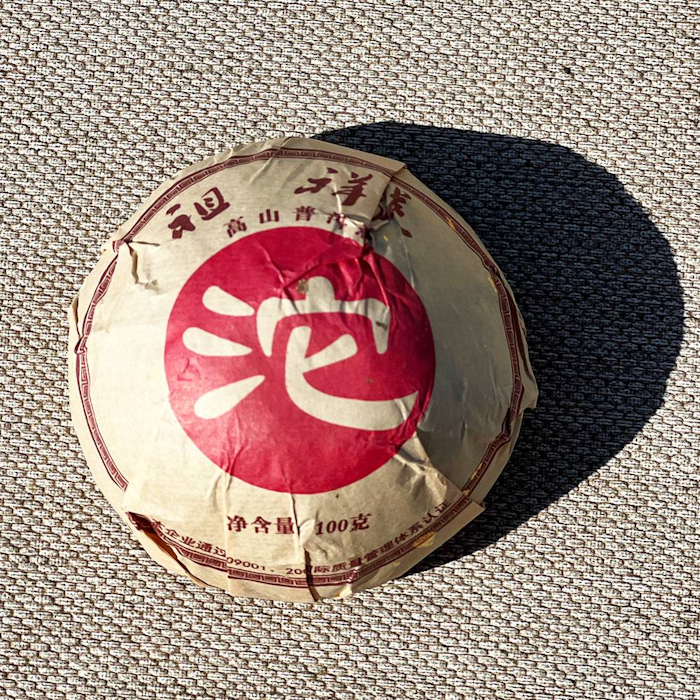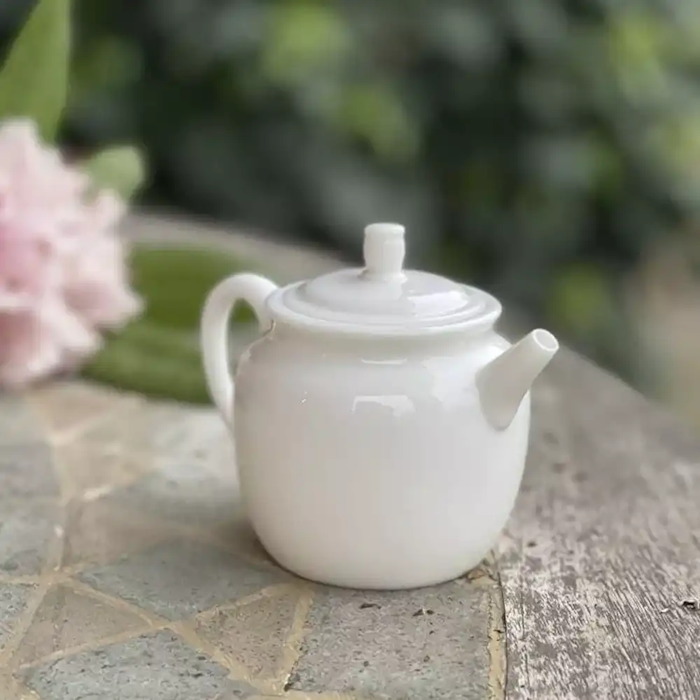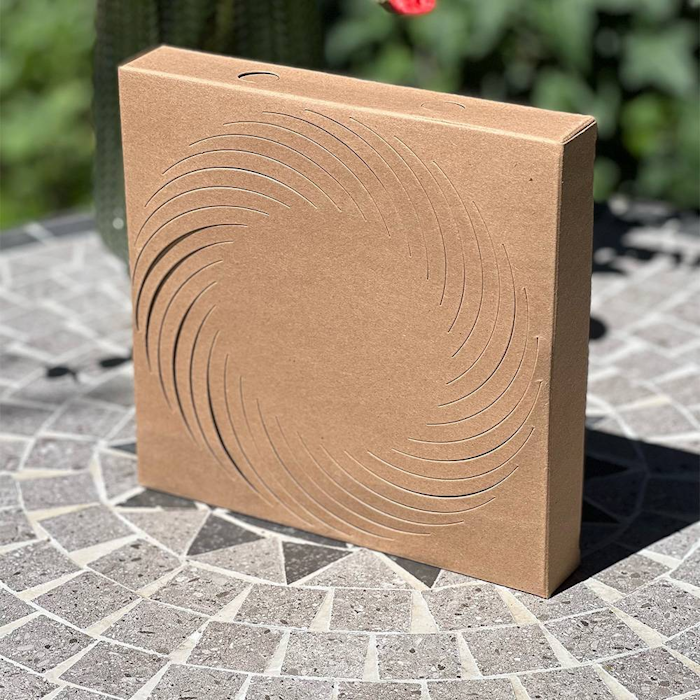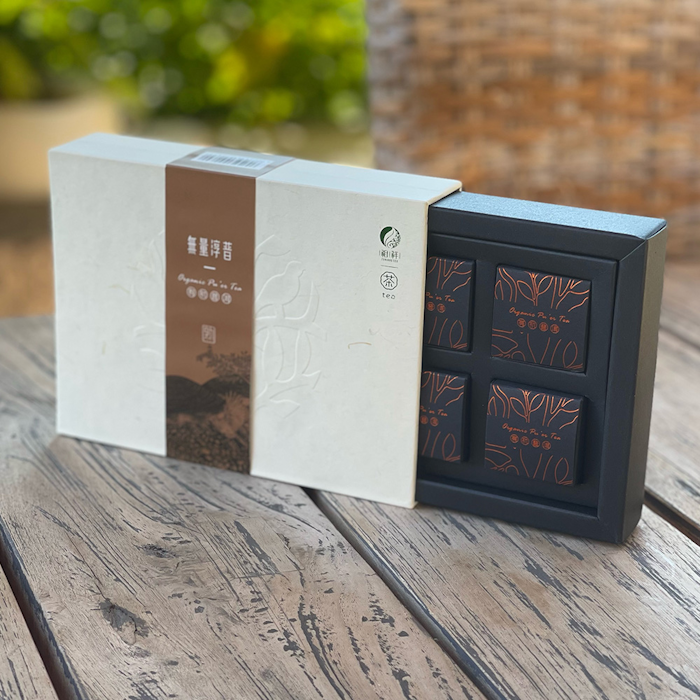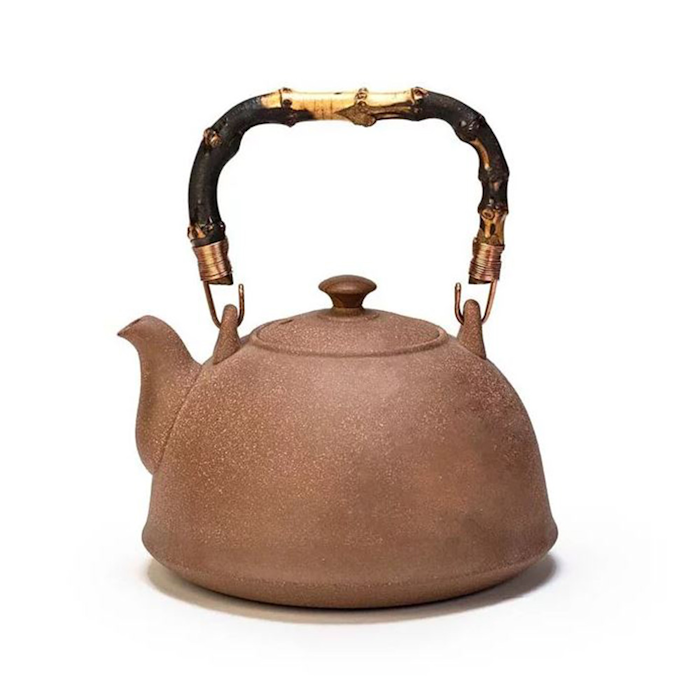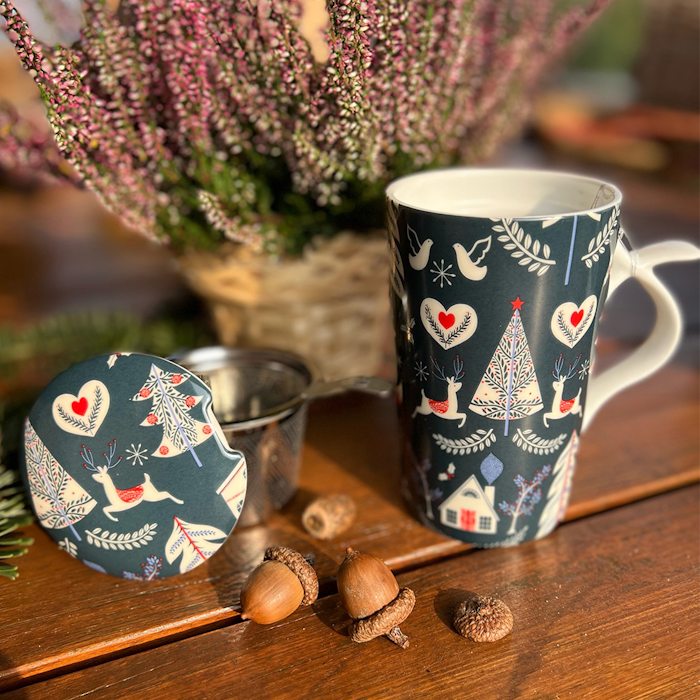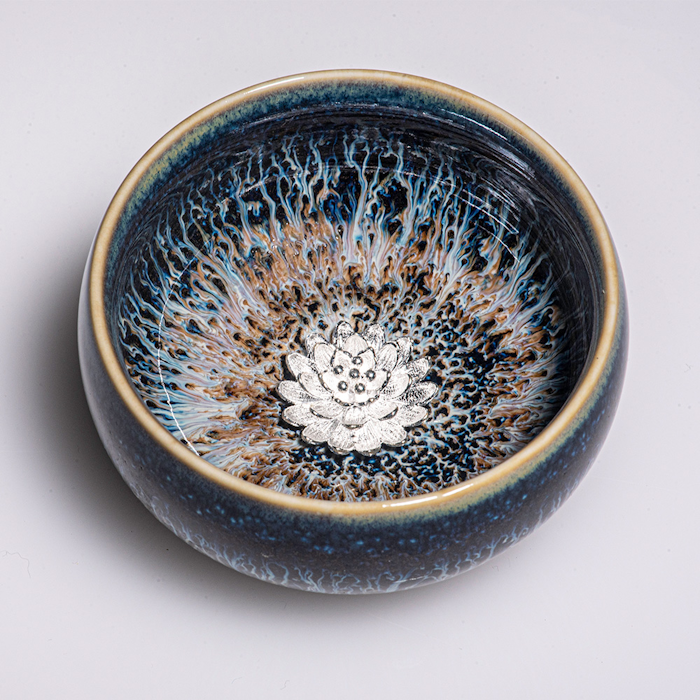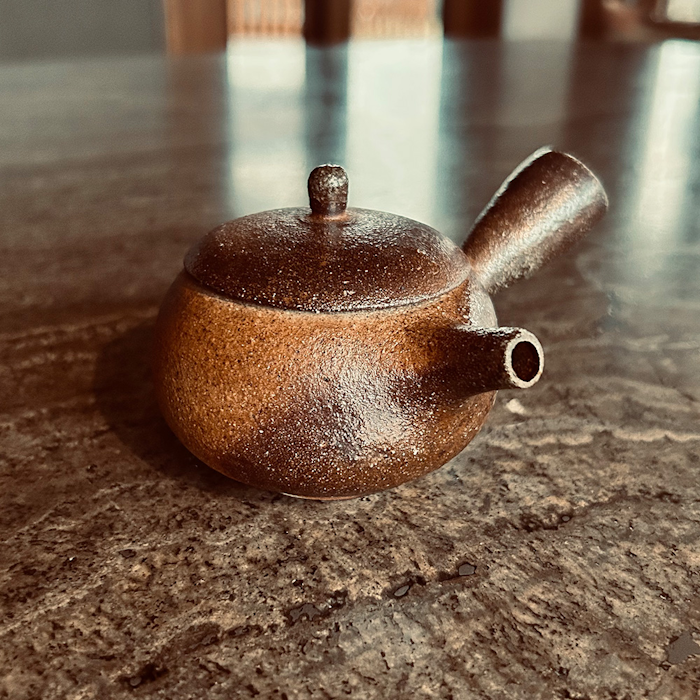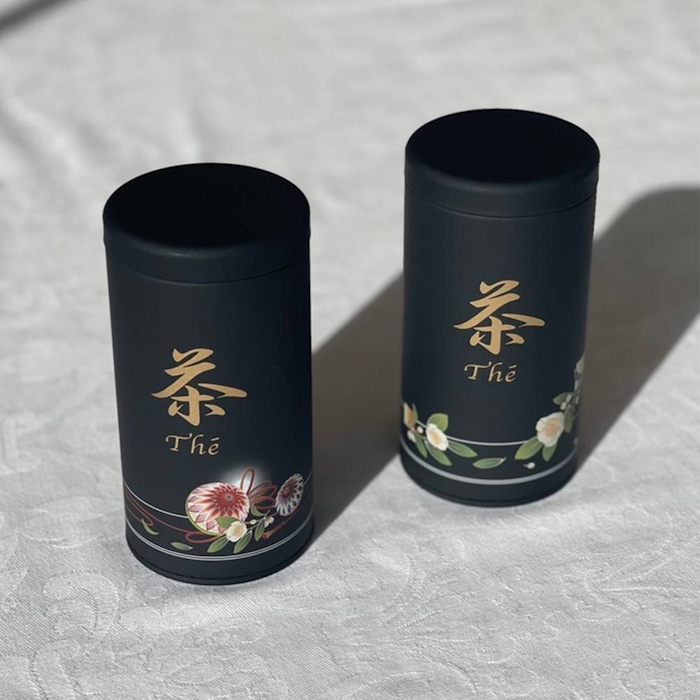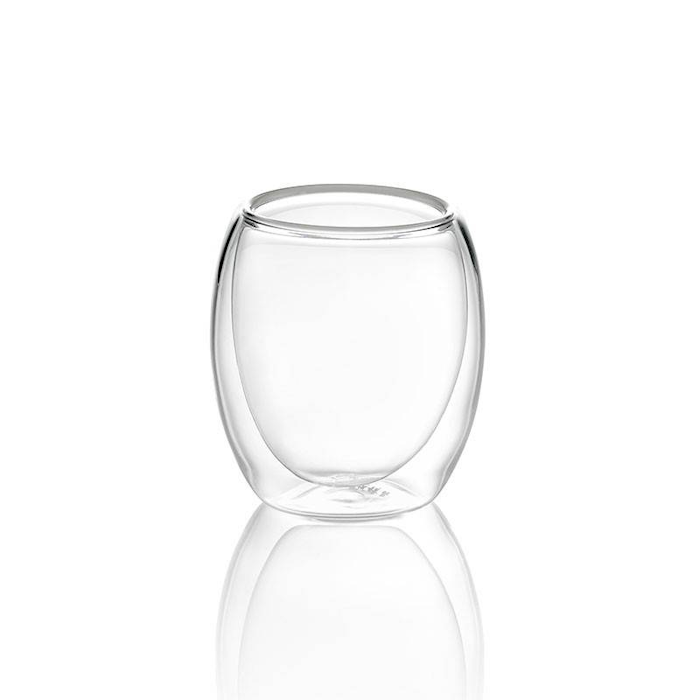Kyusu Tokoname teapot handmade in Tokoname, Japan, with steel strainer, which can be removed and washed separately.
Wash only by hand with warm water without detergent.
Tokoname pottery has a very ancient history. Tokoname is one of the six oldest centers of Japanese ceramics. Tokoname has some of the oldest workshops (kilns) in Japan. As early as the 8th century, during the Nara period (710-794), potters in the Tokoname area made urns for Buddhist sutras, but officially the 12th century is considered the time of the birth of Tokoname pottery.
The clay mined in this area has a high iron content and, during firing, takes on a red-red color called "shudei." The "Nerikomi" technique, which mixes different types of clay before firing, is often used in Tokoname products. Tokoname clay with a high iron content is ideal for making kyusu, traditional Japanese dummies. Gland oxides react with tannins in green tea to give it astringency and soften that astringency. Tokoname clay is very thin, so often kyusu decorated with hand carvings.
Tokoname pottery is known for its red clay teapots. The first red clay kettle was made in Tokoname in 1854 by master Sugie Jumon. A great influence on the Tokoname style was Yixing in ceramics (China). The clay mined in Tokoname is similar in its mineral composition to clay from the Yixing area.










